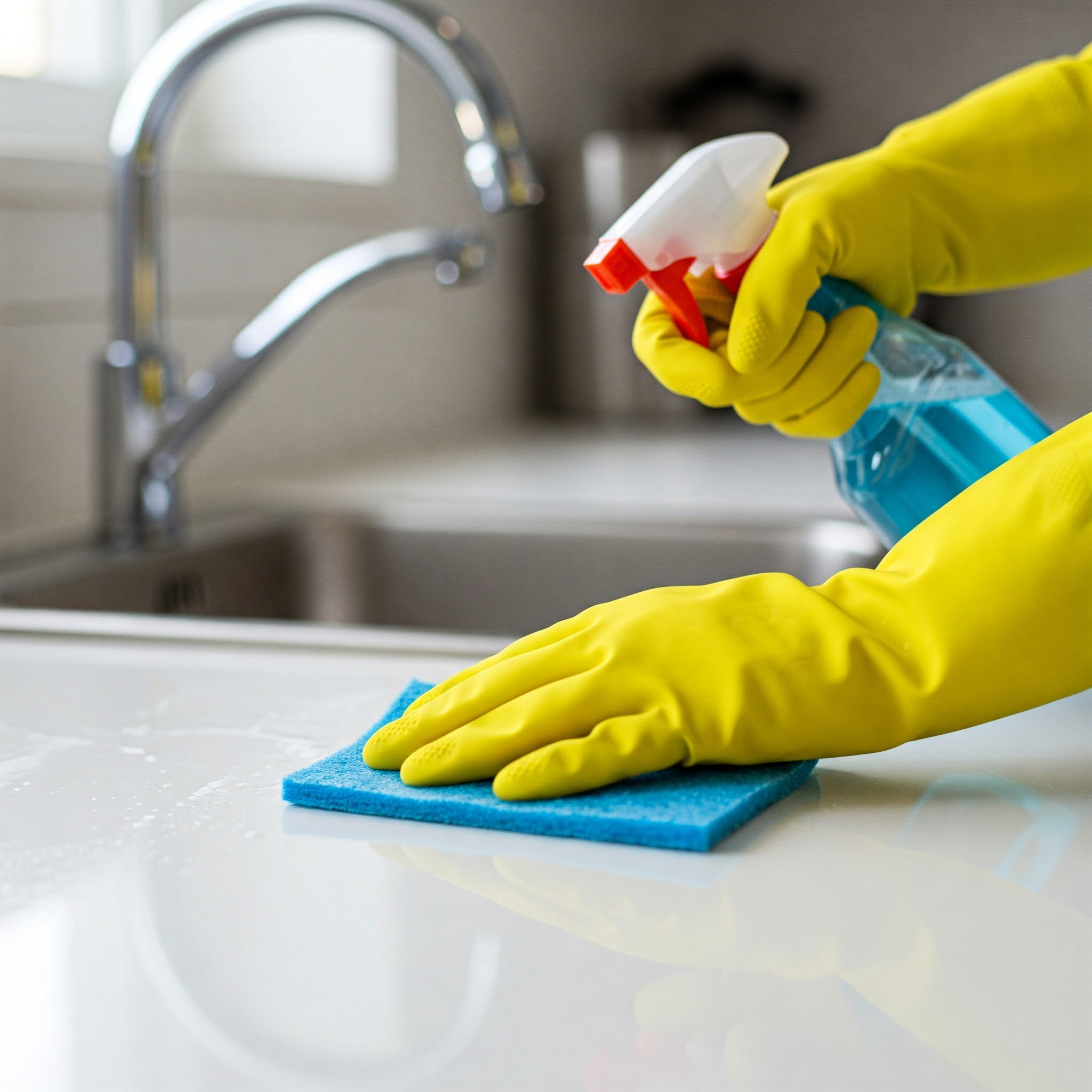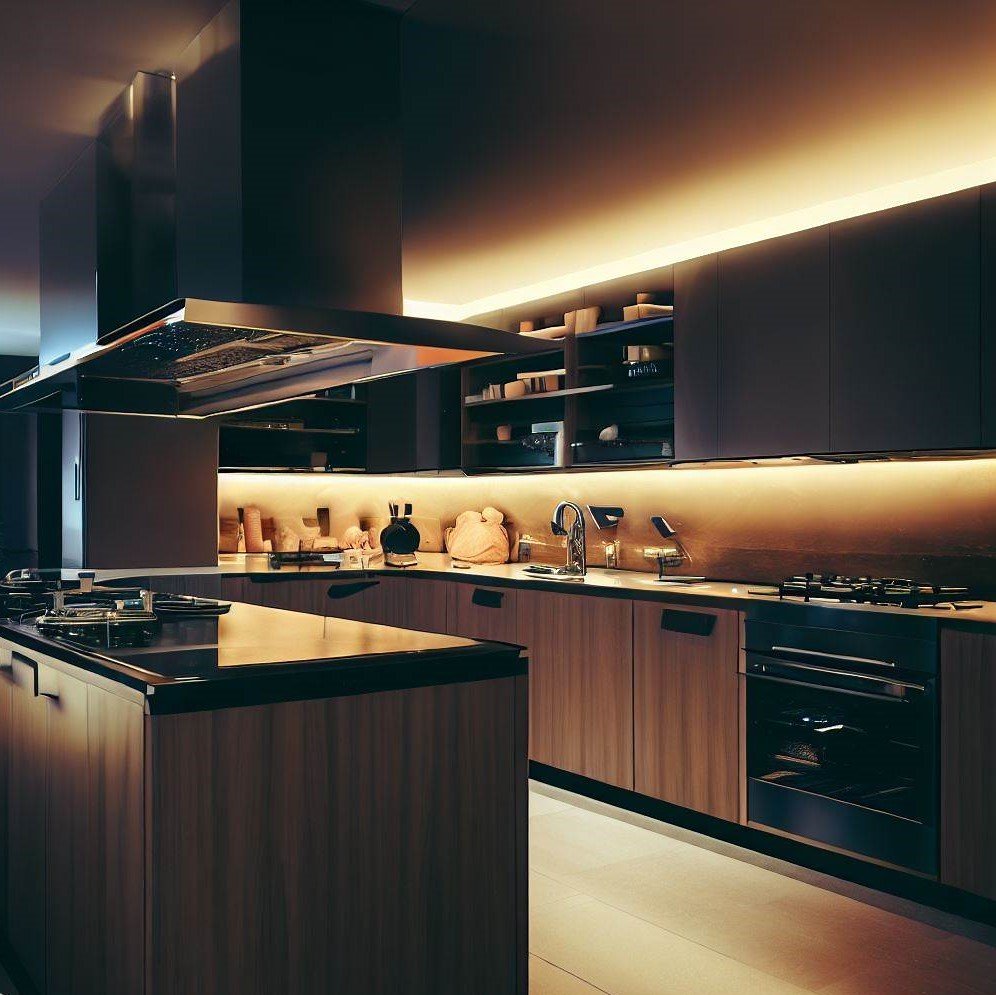How to Get Rid of Kitchen Odors Quickly After Cooking
Eliminate stubborn kitchen odors fast with these quick and effective tips to keep your space smelling fresh after cooking.
There’s nothing quite like the aroma of a home-cooked meal—until it lingers long after the dishes are done. From sizzling onions to seafood or spices, strong kitchen smells can overstay their welcome. Whether you’re entertaining guests or just want a fresh-smelling home, learning how to quickly clear the air after cooking is a game-changer.
A good ventilation system is your first line of defence. A Smeg rangehood from Winnings can efficiently remove odours, steam, and airborne grease while you cook, preventing smells from settling into fabrics and surfaces. But if you’ve already finished cooking and the smell is hanging around, there are several fast and effective ways to freshen things up.
Turn on the Ventilation Immediately
If your rangehood or exhaust fan isn’t already running, switch it on as soon as you finish cooking—and leave it on for at least 10–15 minutes afterward. This helps remove any lingering air particles that weren’t cleared during the cooking process.
Open windows and doors to encourage cross-ventilation. Even a slight breeze can help push out stale air and bring in fresh air to dilute strong smells. Use a small portable fan if needed to improve airflow through the kitchen and into the rest of the home.
Simmer Natural Deodorisers
Neutralise odours quickly by simmering a pot of water with natural ingredients. This not only masks unpleasant smells but actually absorbs and replaces them with something much more pleasant.
Try simmering:
Lemon slices and rosemary
Cinnamon sticks and cloves
Vinegar and water
Orange peel and vanilla extract
Let it simmer uncovered for 10–20 minutes on low heat while you clean up. The scent will spread throughout the space and give your kitchen a fresher feel almost instantly.
Use Baking Soda to Absorb Smells
Baking soda is known for its ability to absorb odours rather than just masking them. After cooking, place small bowls of baking soda around your kitchen—on benchtops, near the stove, or in the pantry.
You can also sprinkle it directly into your kitchen bin or sink drain to tackle source smells. Let it sit for a few hours (or overnight), then dispose of it or rinse it away.
Wipe Down Surfaces
Sometimes, the source of lingering odours isn’t just the air—it’s your benchtop, splashback, or stovetop. Food splatters, oil residue and crumbs can all hold onto smell long after the meal is over.
Give high-use surfaces a quick wipe with a vinegar-and-water solution or a mild dish soap mix. Don’t forget cupboard handles, the inside of the microwave, or any appliances that were used while cooking.
Empty the Bin and Clean the Sink
Bins and drains are often overlooked but can be major contributors to lingering kitchen odours. After a particularly aromatic meal, it’s a good idea to take out the rubbish—even if the bin isn’t full.
Rinse or scrub your sink with lemon and bicarb soda to help eliminate greasy residue and leave a clean, citrusy scent behind.
Try an Odour-Removing Spray or Gel
If you need a quick fix, there are air-purifying sprays and gels designed to neutralise kitchen smells rather than just covering them up. Choose products that use natural ingredients and are free from heavy perfumes, especially if you're sensitive to synthetic fragrances.
Look for gels that can be placed near the stove, bins, or kitchen entryways to catch odours before they spread.
Keeping your kitchen smelling clean and fresh doesn't require fancy gadgets—just a few smart habits and quick-response techniques. By ventilating effectively, using natural odour-fighters, and staying on top of cleaning, you can keep cooking smells from taking over your home, no matter what's on the menu.




